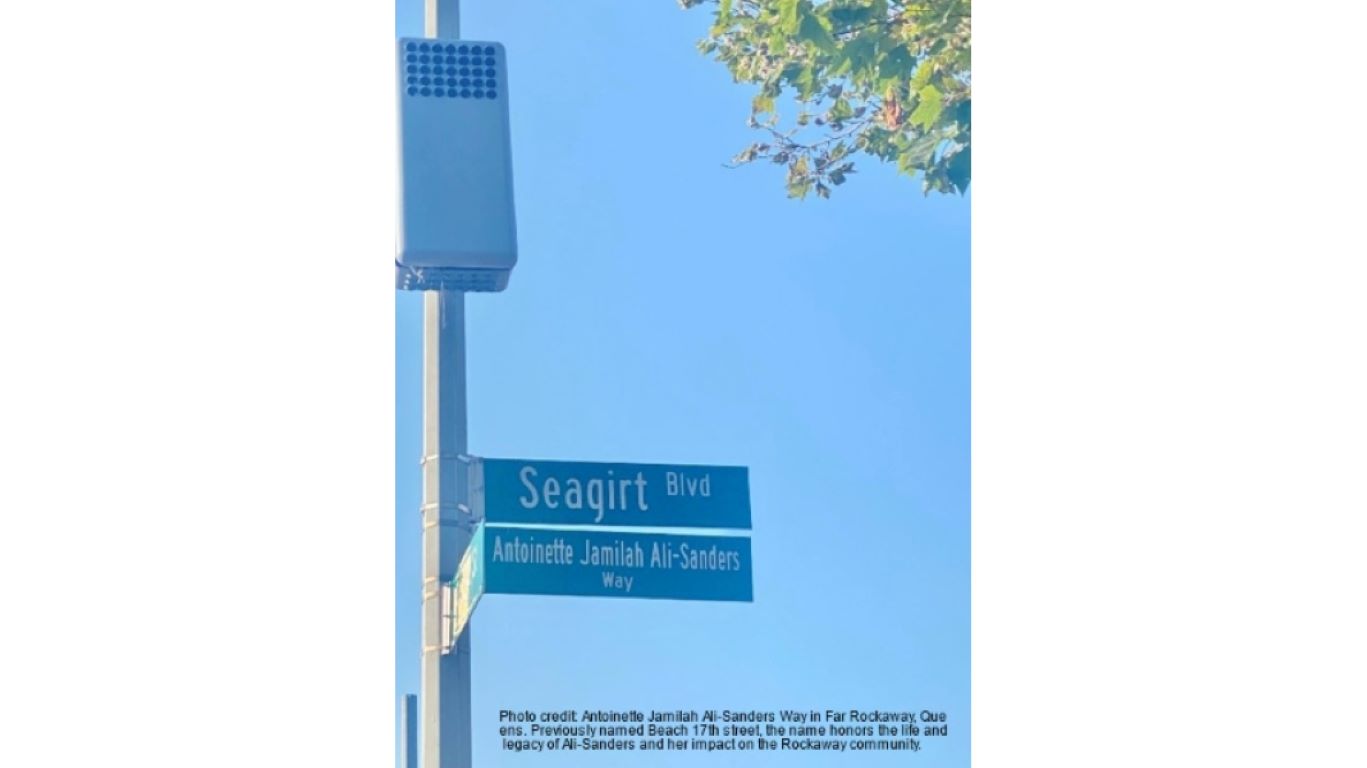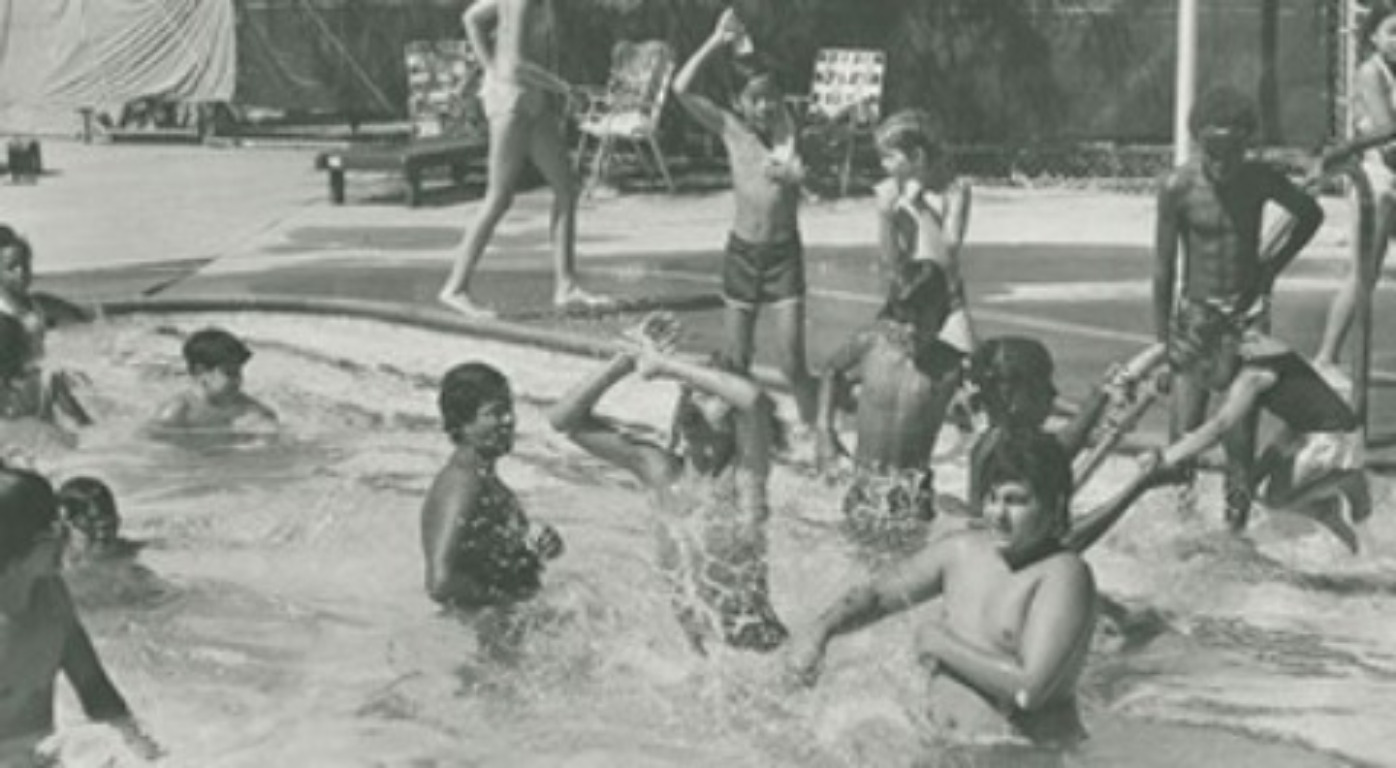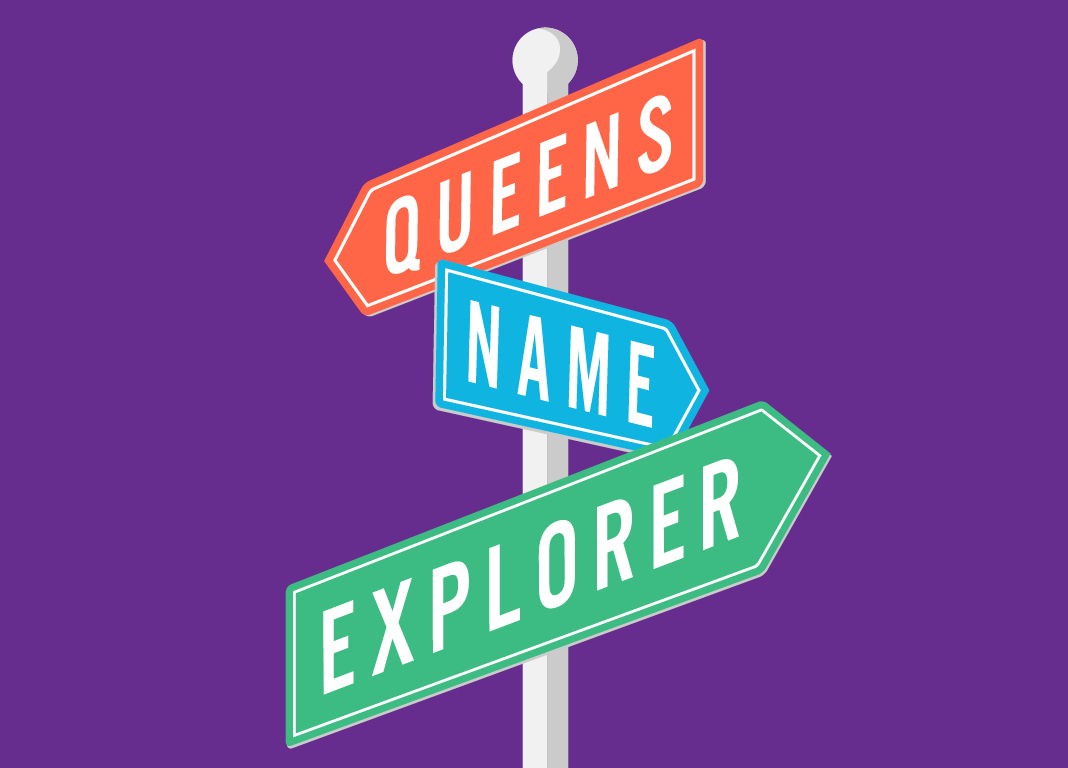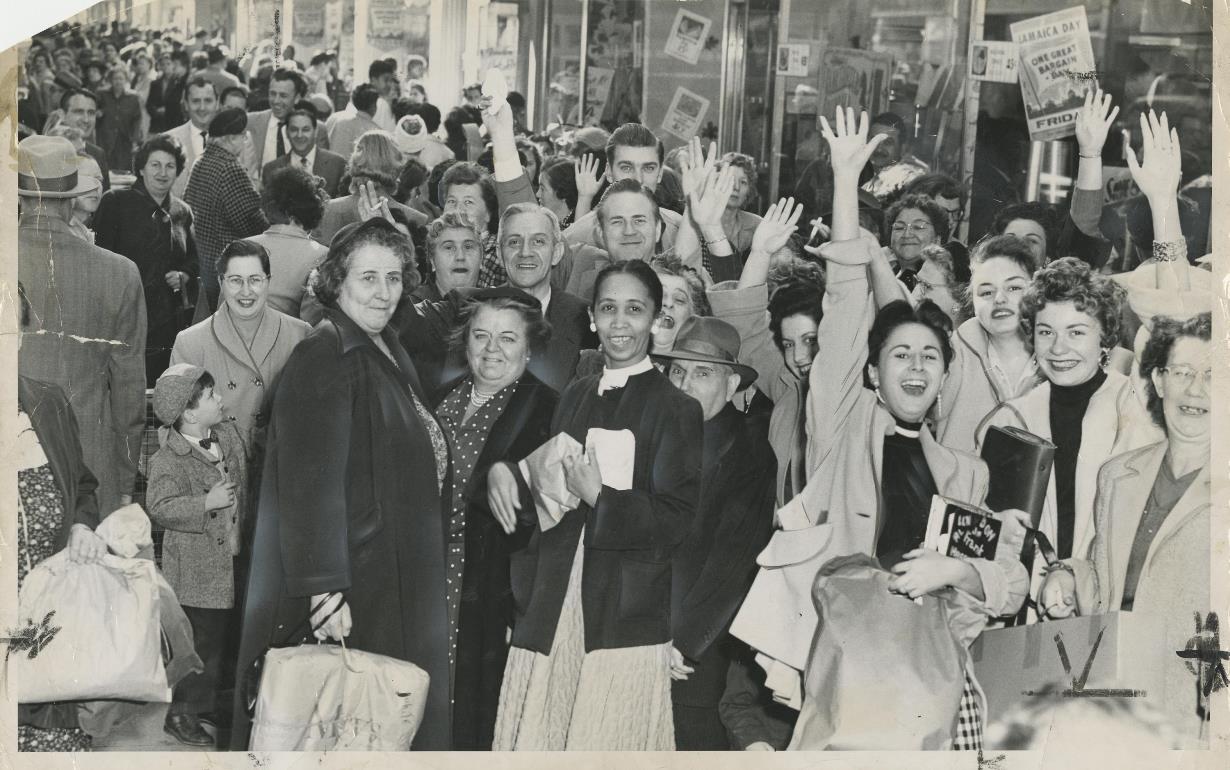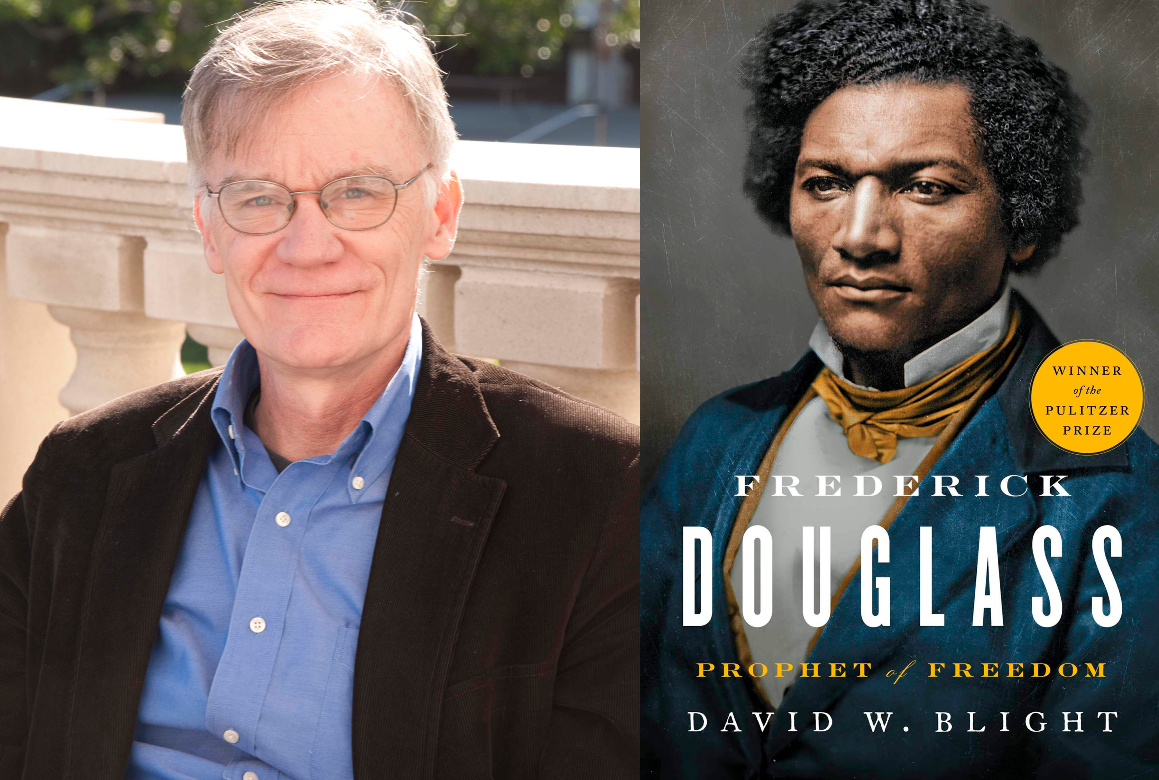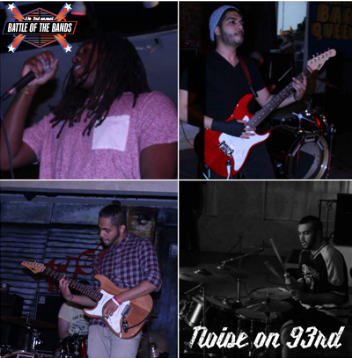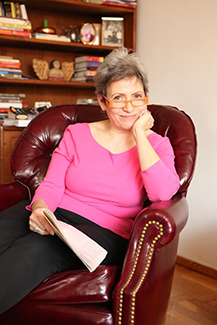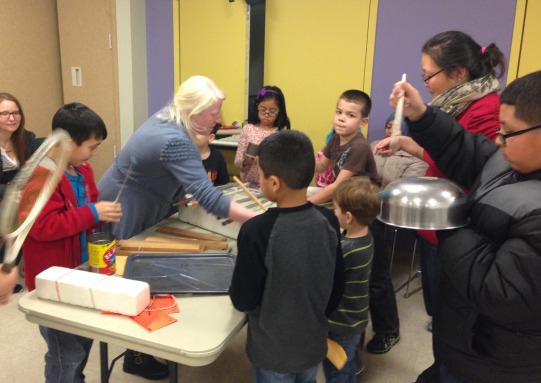To mark the six-month anniversary of Superstorm Sandy, Queens Library, Queens Memory Project and Jamaica Bay Lives!, a documentary project about Jamaica Bay, invited the community to Queens Library at Broad Channel to record their personal experiences of Sandy, share their histories of living in the area and bring in family photos, videos and mementos to be preserved in the Queens Memory Project and the Archives at Queens Library.
The material gathered from this community event, now available to browse on the Queens Memory Project website when you search for "Sandy," depicting the far-reaching effects of the storm, includes images of balconies tottering and windows boarded up in a building in Rockaway Beach, a decimated section of the Rockaway Beach boardwalk, damage at the Bayview Restaurant and Lounge in Broad Channel, the mobile library in place at the site of the Sandy-damaged Queens Library at Peninsula being filled up during the fuel shortage and signs warning looters to stay away from a home that was affected by Sandy.
Jeffrey Dady, a painter and photographer from Broad Channel pictured here, is one local who shared his recollections of his home and had scans of his paintings preserved (which include scenes of Plumb Island Beach, Shad Creek and Big Egg Marsh). Of the event, Natalie Milbrodt, Digital Content & Strategy Coordinator at Queens Library and Director, Queens Memory Project, who worked with Dady to add his memories and paintings to the Queens Memory Project website said, “My favorite experience was creating geo-references with Jeffrey Dady for the locations of his paintings and learning the terrific local jargon (killies, back houses) and names of all the waterways (Big Egg Marsh, The Cow Path).”
Why does this matter? “Broad Channel and the other communities surrounding Jamaica Bay have surprising and detailed histories,” said Daniel Hendrick producer and director of the documentary film Jamaica Bay Lives! “Personal histories are important to document because … the stories and photos of life in the area give us a window into how people lived and interacted, as well as what they did for recreation, that are often not accessible to historians. The residents we spoke to at the [Queens Library at Broad Channel] Jamaica Bay Community History Night were so knowledgeable--they knew the histories of local creeks and inlets and had amazing stories to share. ‘Official’ history is so often written by mayors and legislators, but you don't have to study history or have an advanced degree to collect stories and be knowledgeable about an area in which you've spent your life.”
One lesson we can learn from the aftermath of Sandy, Milbrodt said, is that “we need to preserve our cultural artifacts in dry, safe places. Libraries can be great partners for preserving local history and we're hoping that the Queens Memory Project can serve as a tool to make it easier for individuals and organizations to preserve their historical records and share them with a larger audience.”
"The real question now," said Hendrick, "is what this next chapter in Jamaica Bay’s history will be--that history is being written at this very moment."
To contribute your own memories of Queens, from Jamaica Bay or another community, click here.


